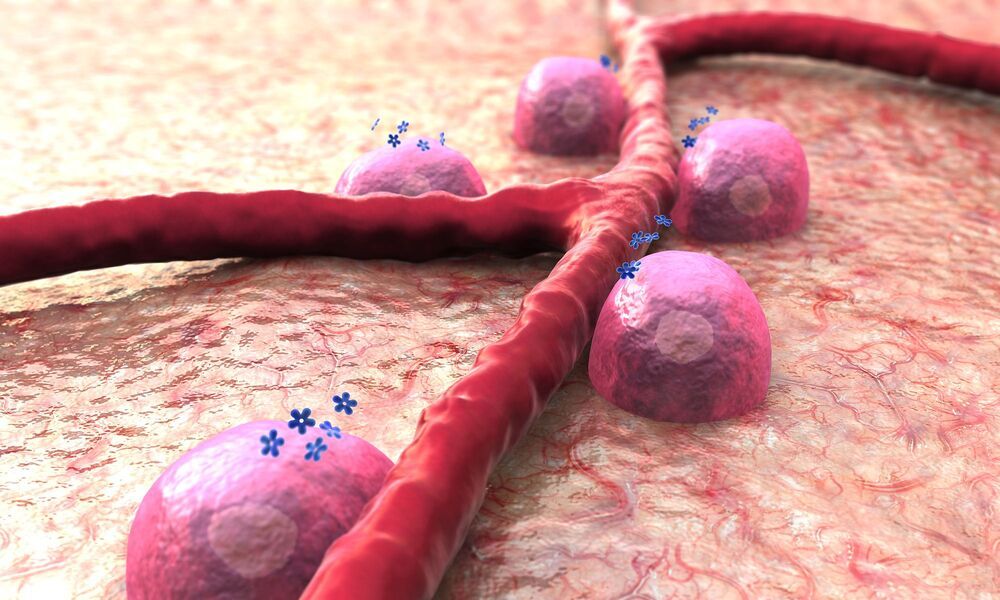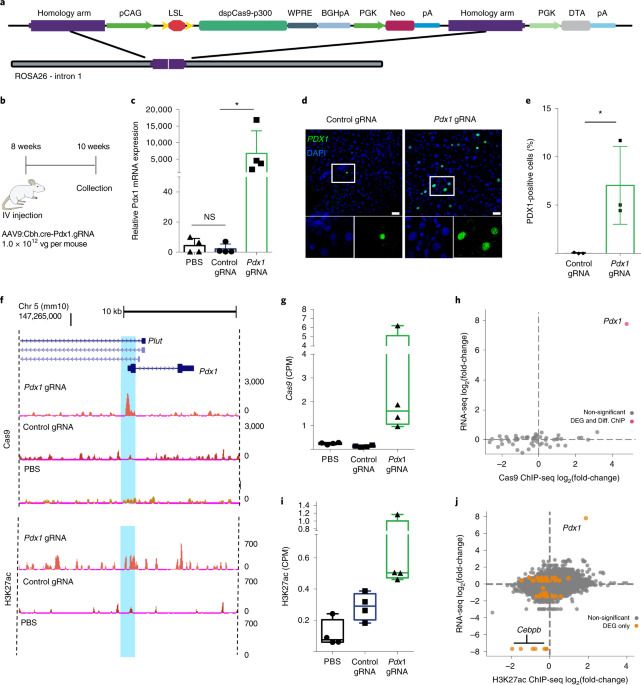A new discovery explains what determines the number and position of genetic exchanges that occur in sex cells, such as pollen and eggs in plants, or sperm and eggs in humans.
When sex cells are produced by a special cell division called meiosis, chromosomes exchange large segments of DNA. This ensures that each new cell has a unique genetic makeup and explains why, with the exception of identical twins, no two siblings are ever completely genetically alike. These exchanges of DNA, or crossovers, are essential for generating genetic diversity, the driving force for evolution, and their frequency and position along chromosomes are tightly controlled.
Co-first author of the study Dr. Chris Morgan explains the significance of this phenomenon: “Crossover positioning has important implications for evolution, fertility and selective breeding. By understanding the mechanisms that drive crossover positioning we are more likely to be able to uncover methods to modify crossover positioning to improve current plant and animal breeding technologies.”






